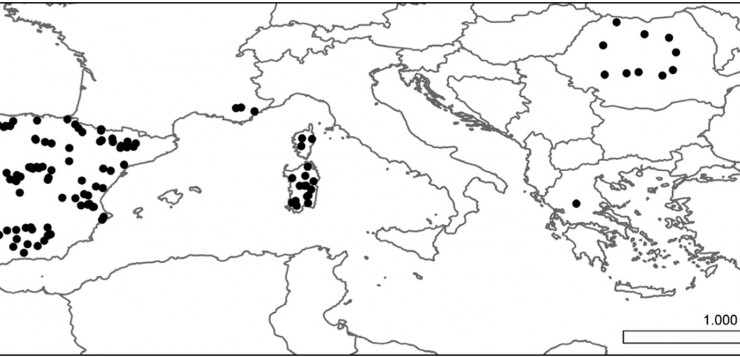Pahissa, José; Catalan, Jordi; Morabito, G.; Dörflinger, Gerald; Gil, João; Laplace-Treyture, C.; Gîrbea, Ruxandra; Marchetto, A.; Polykarpou, Polina; de Hoyos, Caridad. Science of the Total Environment 538: 169-179 (2015) DIGITAL.CSIC
The status of European legislation regarding inland water quality after the enactment of the Water Framework Directive (WFD) originated scientific effort to develop reliable methods, primarily based on biological parameters. An important aspect of the process was to ensure that quality assessment was comparable between the different Member States. The Intercalibration process (IC), required in the WFD ensures the unbiased application of the norm. The presented results were developed in the context of the 2nd IC phase. An overview of the reservoir type definition of the Lake Mediterranean Geographical Intercalibration Group, where four types were considered divided by both alkalinity and climate, togetherwith the results for selection of MaximumEcological Potential sites (MEP) are presented. MEP reservoirs were selected based on pressure and biological variables. Three phytoplankton-based assessment methods were intercalibrated using data from Mediterranean countries. The Mediterranean Assessment System for Reservoirs Phytoplankton (Spain), the New Mediterranean Assessment System for Reservoirs Phytoplankton (Portugal and Cyprus) and the New Italian Method (Italy) were applied. These three methods were compared through option 3 of the Intercalibration Guide. The similarity of the assessments was quantified, and the Good/Moderate (GM) boundaries assessed. All three methods stood as comparable at the GM boundary except for theMASRP in siliceous wet reservoirs, which was slightly stricter. Finally, the main taxonomic groups represented in the phytoplankton community atMEP conditionswere identified, aswell as theirmain changes with an increasing trophic status.MEP sites are dominated by chrysophytes in siliceouswet reservoirs and by the diatoms Cyclotella and Achnanthes in calcareous ones. Cyanobacteria take over the community in both calcareous and siliceous wet reservoirs as eutrophication increases. In summary, the relevance and reliability of the quality assessment methods compared were confirmed both from an ecological perspective and a health risk management point of view.


